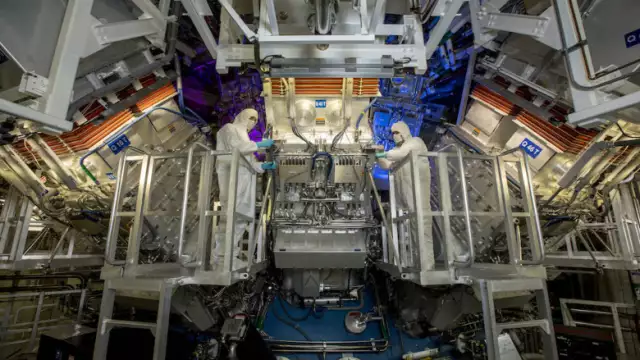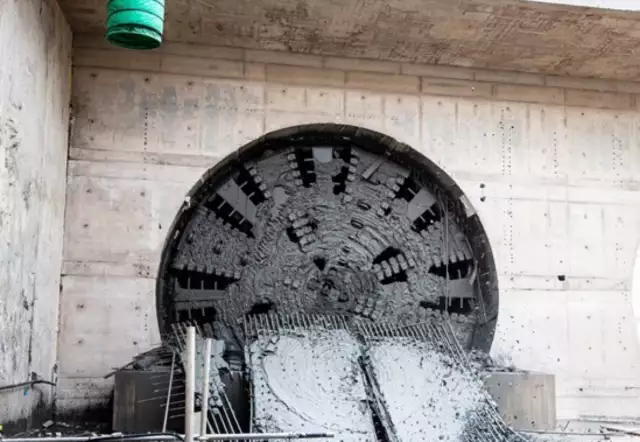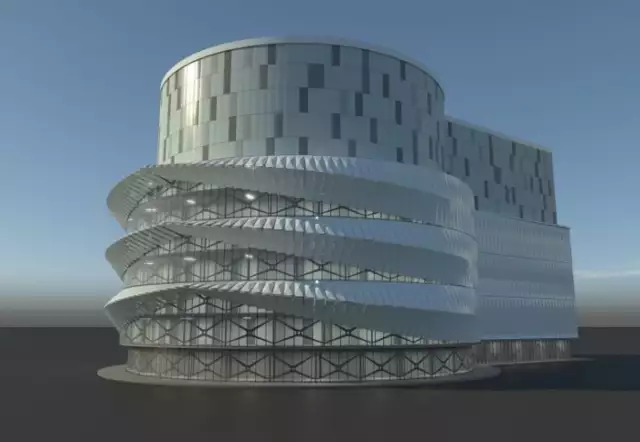Federal Researchers Reach Breakthrough in 'Fusion Ignition'
Federal Researchers Reach Breakthrough in 'Fusion Ignition'
Scientists and engineers at the Lawrence Livermore National Laboratory in California for the first time successfully produced more energy from a nuclear fusion reaction than it took to start it, reaching a milestone in the 60-year effort to achieve “fusion ignition.”
The U.S. Energy Dept, for which the lab is a key research arm, announced the result at a Dec. 13 press briefing—calling it a major scientific breakthrough that will advance national security and offer potential to produce power that is clean, carbon free and reliable—although that reality remains “a few decades” away, agency officials and scientists said.
The achievement was reached Dec. 5 when scientists used 192 high energy lasers pointed at a capsule the size of a peppercorn that contains deuterium and tritium that is heated to more than 3 million° C, said Jill Hruby, National Nuclear Security Administration head, noting that the activity briefly simulated the “conditions of a star.”
Long Haul Research
Fusion is the process by which two light nuclei combine to form a single heavier nucleus, releasing a large amount of energy. The idea of using lasers to induce fusion in a laboratory began in the 1960s and is known as inertial confinement fusion. It began more than 60 years of research and development in lasers, optics, diagnostics, target fabrication, computer modeling and simulation and experimental design, DOE said in a statement.
Lawrence Livermore built a series of power lasers to create the National Ignition Facility, “the world’s largest and most energetic laser system,” DOE said. “[It] uses laser beams to create temperatures and pressures like those in the cores of stars and inside exploding nuclear weapons,” the agency said. The facility, costing about $3.5 billion. began operating in 2009.
The announced experiment surpassed the fusion threshold by delivering 2.05 megajoules of energy to the target that produced 3.15 megajoules of fusion energy output, demonstrating for the first time a fundamental science basis for inertial fusion energy and achieving the target energy gain of more than one.
“For the first time it stayed hot enough that it ignited and produced more energy than it used,” said Marvin Adams, NNSA Deputy Administrator for Defense Programs.
Achieving fusion ignition is the first step and opens the door to new scientific realms, but there are “very significant” hurdles in science and technology to reach commercialization, Lawrence Livermore Director Kimberley Budil said during the presentation.
Senate Majority Leader Chuck Schumer noted in a statement that this year’s National Defense Authorization Act includes $624 million for the Inertial Confinement Fusion program to build on the breakthrough—the “highest-every authorization,” he said.
While early fusion experiments were disappointing, last year they produced 70% as much energy as the laser light energy input, with adjustments made to improve outcomes.
President Joe Biden’s goal to reach commercial viability of laser-based power will take public and private research and investment. Magnetic fusion technology is further along than the inertial confinement approach used at the federal lab.
Fusion's Multiple Paths
But both approaches have made advances in recent years and the achievement last week will benefit both, said Tammy Ma, who leads the lab’s Internal Fusion Energy Initiative. She said DOE will soon issue a report to provide a framework for laser fusion energy research that will "inevitably require participation from across the community,” including federal researchers, academia, start-up companies and public utilities.
“I think it’s moving into the foreground and probably, with concerted effort and investment, a few decades of research on the underlying technologies could put us in a position to build a power plant,” Budil said.
But a commercial power generating facility using the laser fusion approach would need much faster lasers that consume less energy, officials said. “There are very significant hurdles, not just in the science, but in technology,” Budil said.
The longer running ITER fusion research effort in Europe, which tests reactions in a torroidal magnetic chamber called a Tokamak, marked some energy producing milestones in early 2022, but its commercial viability also is a number of years off.
A nuclear fusion startup led by Commonwealth Fusion Systems and MIT’s Plasma Science and Fusion Center announced last year a major advance in magnet technology that the team says could pave the way for the world’s first commercial fusion power reactor by the end of the decade. The researchers are building a compact fusion test reactor, called SPARC, which is set for a test in 2025.
The startup, which is backed by private investors that include Microsoft founder Bill Gates and Jeff Bezos, Amazon executive chairman, now is building a $500-million nuclear fusion research-office complex
Investment in fusion startups totaled $2.3 billion in 2021, with more than $1 billion expected this year, said BloombergNEF.
Related to the federal effort, Steven Arndt and Craig Piercy, American Nuclear Society president and CEO, respectively, said that while it "required much more energy to generate ... a laser and operate the experiment as a whole, this is still an important milestone and a stepping stone to the realization of fusion energy.”
They added that the "result confirms that breakeven is possible for fusion energy and is encouraging for other efforts in the United States and internationally that seek the same goal through different approaches. The fusion community is turning its attention to the engineering developments needed to harness this energy source.”





